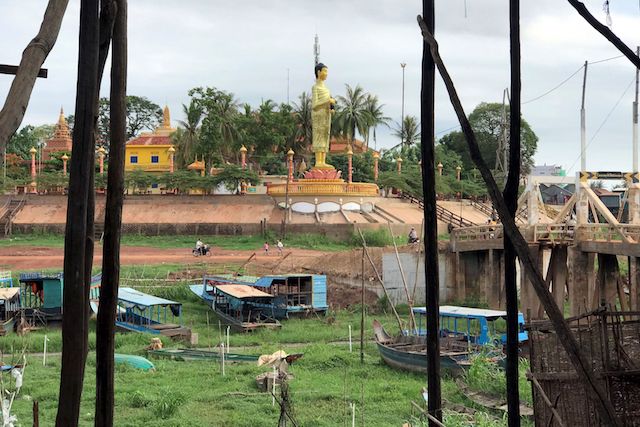Category: Revegitation
-
Importance of natural systems : wetlands
Are we considering the importance and value of our natural systems enough? Monetary valuation of ‘ecosystem services’ certainly has its flaws and there are good arguments against it. However, surely in this situation of large scale clearance it would of supported a case for more wetland preservation in the face apartment development? An environmental impact […]
-
Miss Emily Lowery – What Does Landscape Architecture Look Like In A Developing Country?
INTRODUCTION: Miss Emily Lowery is a budding landscape architect, graphic artist, nature enthusiast, and a piece-together artist. As part of the Master of Landscape Architecture program at the University of Minnesota, Miss Emily Lowery recently completed a project focused on reforestation and cultural restoration on Mfangano Island, Kenya. What does landscape architecture look like in […]
-
Re-Vegetation Haiti – What Can LA offer?
Deforestation in Haiti is a severe environmental problem. In 1923, over 60% of Haiti’s land was forested; by 2006, less than 2% was. Haiti unfortunately holds the tile of being the poorest country in the western hemisphere. This poverty can be directly related to the condition of Haiti’s environment. Additionally the absence of vegetation places […]


